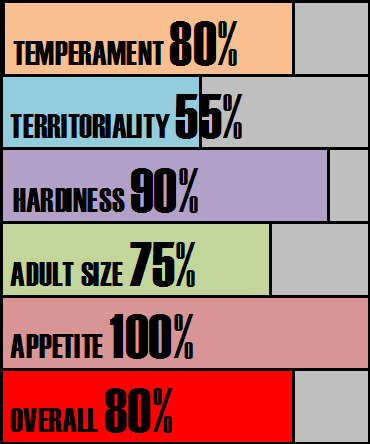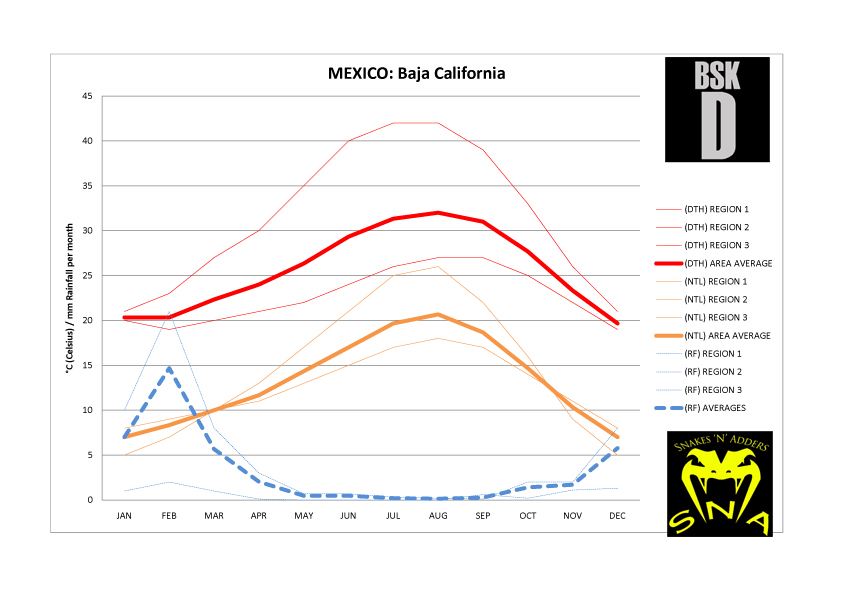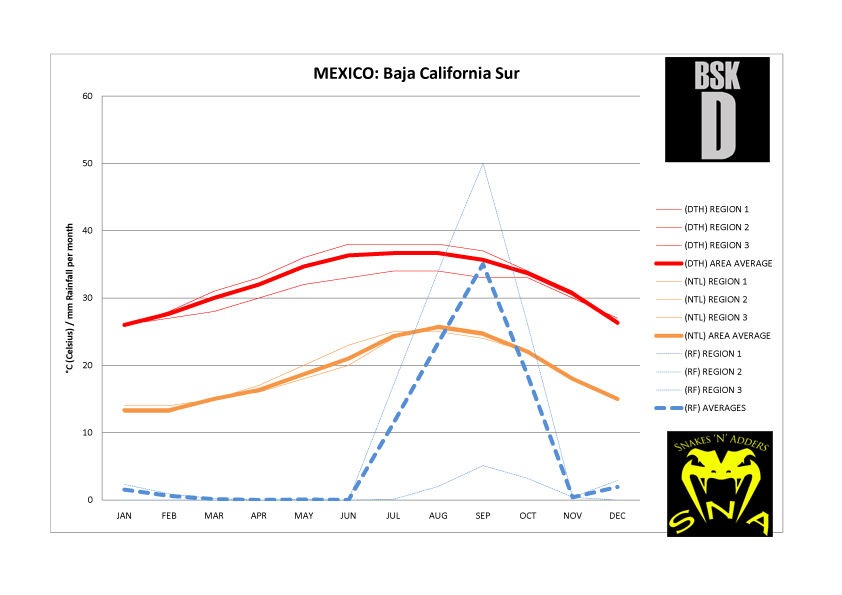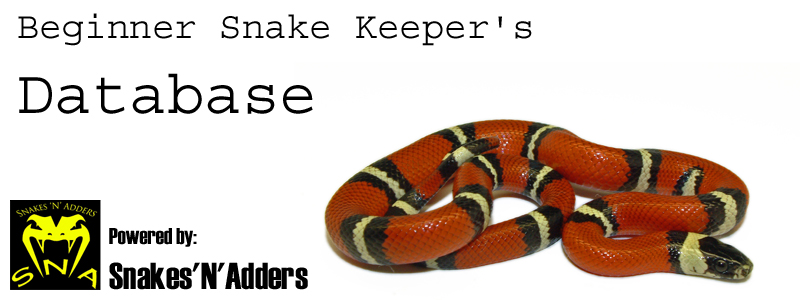
Species Notes based on experiences:
As we sit working our way through species write ups from beginning to end this is the first of the examples we have come across where they still exist in the hobby but science no longer recognises them. These will have been locality collected animals originally. Essentially they appear to be a cross between a stripe phase Californian King Snake and a Mexican Black King Snake. This is what they have been dismissed as by science. Regardless of this the hobby has kept the line, species, variety (call them what you like) alive for prosperity. From the limited experience we have with this species it was a laid back snake.
Score analysis:
Over the years we have had three examples of Baja King Snakes pass through our hands. They have all been a pleasure to handle. None of the nervousness or biting occasionally associated with the subspecies they are supposedly created from. Because the pool of experience is not enough to make a definitive score we have had to pare down the percentage to reflect what is more likely over a larger pool of animals.
The occasionally nervous nature of the young can make them highly defensive in the enclosure. Flattening of the head, hissing, mock strikes, tail rattling and the use of the musk gland can waving of the tail are all pretty much standard procedure. This accounts for why the territoriality score is so much lower than the temperament score. Usually once removed from the enclosure compliance is quick to follow. These episodes with youngsters are fleeting and the keep just has to persevere to get to the compliance stage.
This snake occurs from a changeable region of North Western Mexico. The area is exposed and as such this snake has had to become adaptable. All American King Snakes have a long and respected history in the hobby of being reliable snakes that rarely fall ill even when kept in suboptimal conditions.
King Snakes, particularly the North American King Snakes are eating machines. The Baja King Snake is no different in this sense. Feeding will seldom be an issue and owing to their largest adult size they are voracious when younger. On occasion care must be taken as they may misjudge a finger for a meal.
Enclosure recommendations:
Tub:
50 ltr, but very large specimens may make this style inappropriate
Vivarium:
120cm x 45cm x 45cm
Budget rig: -
40cm x 30cm heat pad
On / off thermostat
Digital thermometer to monitor thermostat performance
Warm hide
Cool hide
Water bowl
substrate
Recommended rig (vivarium only): -
250w ceramic heat emitter
Ceramic lamp holder and bracket
Bulb guard
Day night thermostat
Digital thermometer to monitor thermostat performance
Various logs and caves along the thermal gradient
Damp hide
Climbing and exercise branches
Plants and foliage (live or artificial – your choice)
Water bowl
Substrate
UVB light (8w T5 shade dweller 7% kit from Arcadia or equivalent) (optional)
Subterranean section to vivarium for further psychological security (optional)
Climate analysis:
Baja California is changeable. Depending on whether the climate data is collected from the coast on inland towards Mexicali can greatly affect the day time high. For snakes to thrive here they have to be adaptable to these changing conditions.
Conclusion:
Even though temporarily still produced in the hobby it is in risk of dying out and becoming a memory. An interesting addition to any collection. Purists may raise eyebrows at you calling it the Baja King. They love to denounce their existence. Pay no heed. Keep a snake because you like it not because of what others think. There will always be keepers that recognise this snake.



